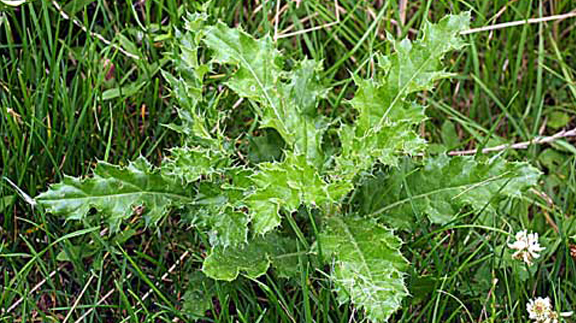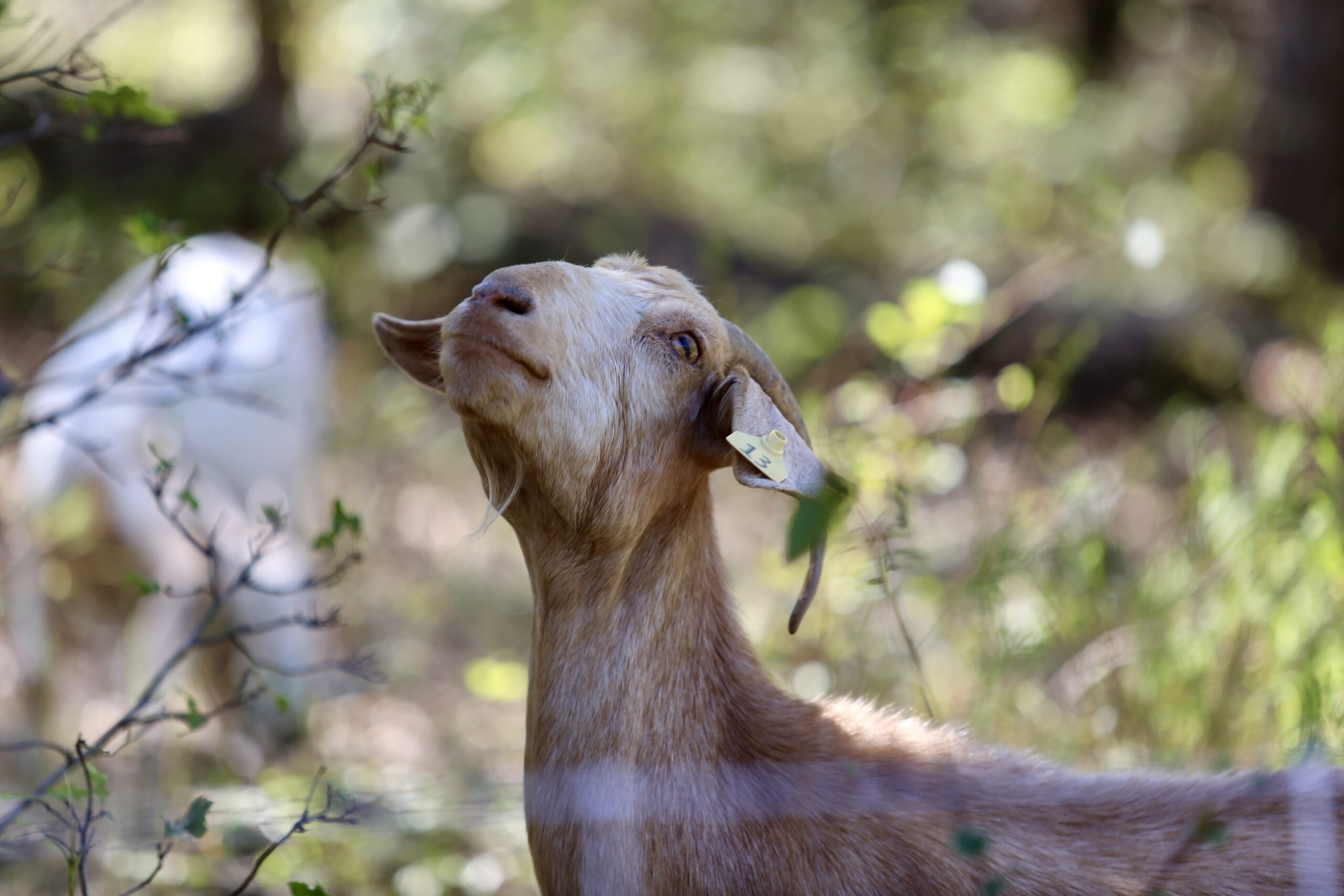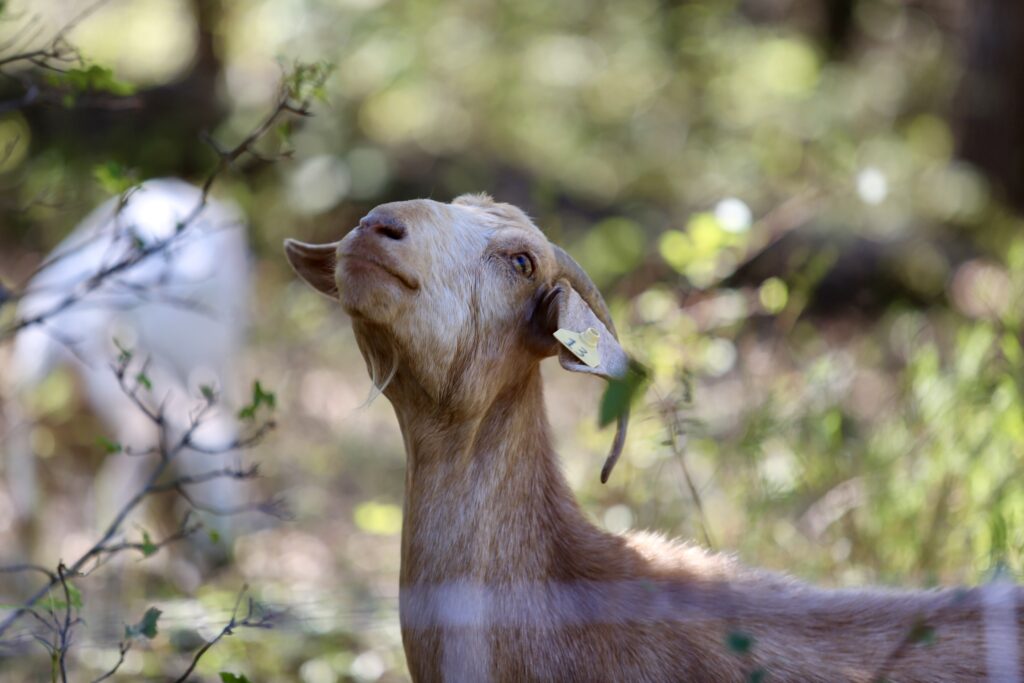HOME
[AgriLife] Wet 2015 could lead to a weedy 2016

AgriLife Extension agronomist advising producers to start early on weed control
Writer: Kay Ledbetter, 806-677-5608, [email protected]
Contact: Dr. Jourdan Bell, 806-677-5600, [email protected]
AMARILLO – The blessing of a wet 2015 is expected to bring the curse of a weedy 2016, said Dr. Jourdan Bell, Texas A&M AgriLife Extension Service agronomist in Amarillo.
The above average precipitation in 2015 prompted the growth of weeds and where those weeds were not controlled, they produced seeds that will germinate and likely result in heavy weed pressure this spring and summer, Bell said.
“We need to be proactive about weed control this year,” she said. “Weeds rob inputs – water and nutrients – from your soil that would otherwise be available for your primary crop. So we advise you to start clean and stay clean.”
Bell said there were many good tank-mix options in last year’s corn and sorghum herbicide trials near Bushland that provided very good control. The trials demonstrate that good coverage is important for both pre- and post-emergent herbicides.
For corn herbicides, treatments were applied at a rate of 15 gallons per acre, and for sorghum herbicides, applications were made at a rate of 10 gallons per acre, she said. Both corn and sorghum herbicide plots were sprayed with flat-pan nozzles.
“You really want to make sure the herbicide is getting where it needs to be,” Bell said.
Soil type can also play a role in the efficacy of the various chemicals, she said.
“For example, we found very good control and no crop injury with Lumax applied as a pre-emergent in grain sorghum, but we are on a clay loam soil. On a coarse soil with low organic matter, this would not be recommended.”
In corn, there are many effective options for weed control, Bell said. However, the vast number of options can often be overwhelming.
“Producers don’t call only about one chemical; they are often inquiring about tank-mix options, potential application costs, timing of application and even rotational concerns,” she said.
“In our corn herbicide trials at Bushland, we had the opportunity to evaluate products from AMVAC, Bayer, DuPont, Dow, FMC and Syngenta,” Bell said. “These trials provide us an opportunity to evaluate herbicide performance and efficacy under regional conditions. We evaluated some very intensive herbicide programs as well as some simpler options.”
She said on limited tillage acreage, producers are aware of the importance of a solid herbicide program, and they are ready to adopt an intensive herbicide program. However, on tilled acreage, producers often have different concerns.
“While there is not just one solution for a successful herbicide program in the High Plains, a successful program generally includes herbicides with residual activities in addition to postemergence herbicides with several modes of action,” Bell said. “Having several modes of action along with good coverage allows producers to be more proactive against herbicide-resistant weeds.”
The price of chemical and application can vary widely, so she advised producers to make sure they target their treatments to get the most bang for their buck, she said. This includes the application rate as well as proper adjuvants to enhance herbicide activity.
“To avoid crop injury, it is always recommended producers read labels and follow application guidelines, including rotational restrictions, to avoid potential crop injury,” Bell said.
Another important consideration is the activation requirement of soil-applied herbicides, she said. Some chemicals need to be activated with a half-inch rain or irrigation, but the exact amount of water needed is a function of the herbicide’s water solubility.
“While this is not a problem on irrigated acres, this can be a problem on dryland acres if precipitation is not received in a timely manner,” Bell said.
“With lower commodity prices, many producers try to cut herbicide costs,” she said. “But, it is important to remember that the weeds can rob resources from your crop and in turn hurt yields.”
As producers evaluate their inputs, it is important they consider cost-effective herbicide options rather than doing nothing, Bell said.
“Neglecting weeds in 2016 will magnify weed problems for years to come. Start clean, get a handle on the weeds before they get out of control.”
-30-
HOME
Goats Get To Work

One of my professors out at Texas Tech University always told us that we aren’t just raising cattle, we’re raising grass, because without grass there is no cattle business. The same applies to most livestock species and crops we seek to raise- without good land management, no good yield can grow.
To read more, pick up a copy of the November edition of North Texas Farm & Ranch magazine, available digitally and in print. To subscribe by mail, call 940-872-5922.

Farm & Ranch
Acorn Toxicity

By Barry Whitworth, DVM, MPH
With the prolonged drought, most pastures in Oklahoma end up in poor condition. With the lack of available forage, animals may go in search of alternative foods.
If oak trees are in the pastures, acorns may be a favorite meal for some livestock in the fall. This may result in oak poisoning.
Oak leaves, twigs, buds, and acorns may be toxic to some animals when consumed.
To read more, pick up a copy of the November edition of North Texas Farm & Ranch magazine, available digitally and in print. To subscribe by mail, call 940-872-5922.

Farm & Ranch
Silver Bluestems

By: Tony Dean
There are a handful of grasses on North Texas grazing lands ranchers need to know, not because they are highly desirable, but rather because they are not of much value. I call them “decom” plants, which is am acronym for “Don’t Ever Count On Me.” Silver bluestem is a “decom” grass.
Silver bluestem is a perennial which grows in all areas of Texas. It can survive in almost all soil types, and in full sun conditions or in semi shade. It grows up to three feet tall and is easily recognized with the presence of the white fuzzy seed head. Also, one of the identifying characteristics of Silver bluestem is a bend in the stems at each node, causing the plants to take on a rounded shape as they mature.
To read more, pick up a copy of the November edition of North Texas Farm & Ranch magazine, available digitally and in print. To subscribe by mail, call 940-872-5922.

-

 Country Lifestyles2 years ago
Country Lifestyles2 years agoScott & Stacey Schumacher: A Growth Mindset
-

 Country Lifestyles8 years ago
Country Lifestyles8 years agoStyle Your Profile – What your style cowboy hat says about you and new trends in 2017
-

 HOME8 years ago
HOME8 years agoGrazing North Texas – Wilman Lovegrass
-

 Equine1 year ago
Equine1 year agoThe Will to Win
-

 Country Lifestyles5 years ago
Country Lifestyles5 years agoAmber Crawford, Breakaway Roper
-

 Outdoor9 years ago
Outdoor9 years agoButtercup or Primrose?
-

 Country Lifestyles8 years ago
Country Lifestyles8 years agoJune 2016 Profile – The man behind the mic: Bob Tallman
-

 Country Lifestyles8 years ago
Country Lifestyles8 years agoDecember 2016 Profile, Rusty Riddle – The Riddle Way




